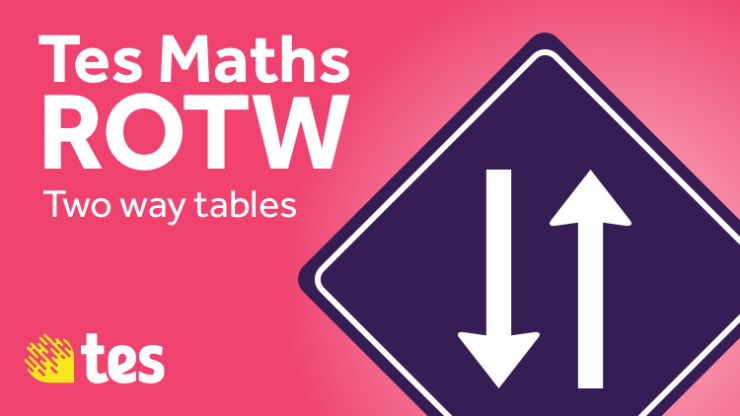To see all of the work I do for TES Maths, including Resource of the Week, Inspect the Spec, Pedagogy Place, Maths Newsletters and Topic Collections, please visit the TES Maths Blog here
What is it?
Atomising is a term that is getting a bit of stick at the moment, but here is an example of how I think it can be really effective. A huge mistake I made for much of my career was to try and cover all the key skills my students would need to learn a new method or procedure at the same time as teaching them the new method or procedure! Let’s take something like two way tables. This was something completely unfamiliar to my students, and yet I would introduce it all at once. Students would be drawing tables, filling them in, working out totals, and interpreting the final result. Was it any wonder that it rarely stuck as much as I hoped it would?
Just one key skill for two way tables is covered: the ability to spot the gap and fill it in. There is no need to worry about labels, words, context, or interpretation. Students can become fluent in this single “atom”, which should make them more likely to understand the process as a whole when it all comes together.
How can it be used?
This is now my go-to activity before I put all of the skills of two way tables together. In fact, it has inspired me to do the same with the other atoms of knowledge required to successfully solve two way tables problems. So, an activity on adding in labels, an activity on deciphering context and an activity on interpreting results. That way, by the time students come to see a worked example from start to finish, everything is familiar to them, so they can focus their attention on seeing how each of these atoms fits together, instead of trying to do that whilst simultaneously trying to figure out how to understand each of these atoms.
Thanks for sharing!
Craig Barton
Download: Two way tables
View the author’s other resources
